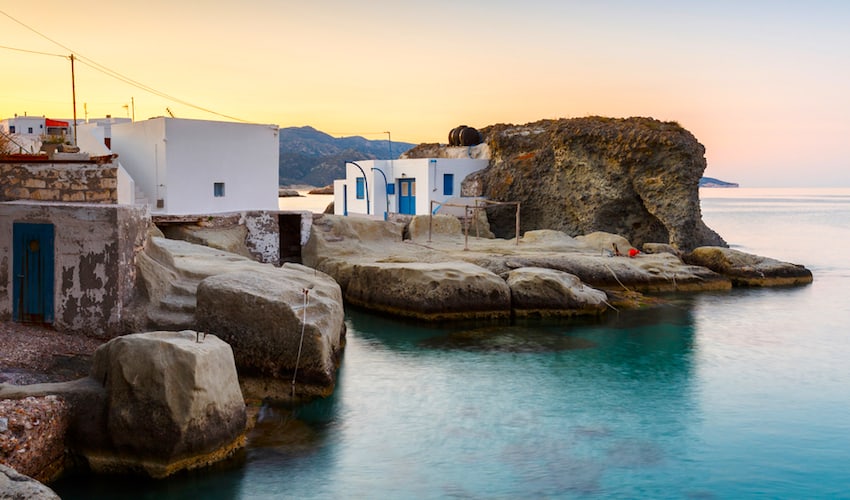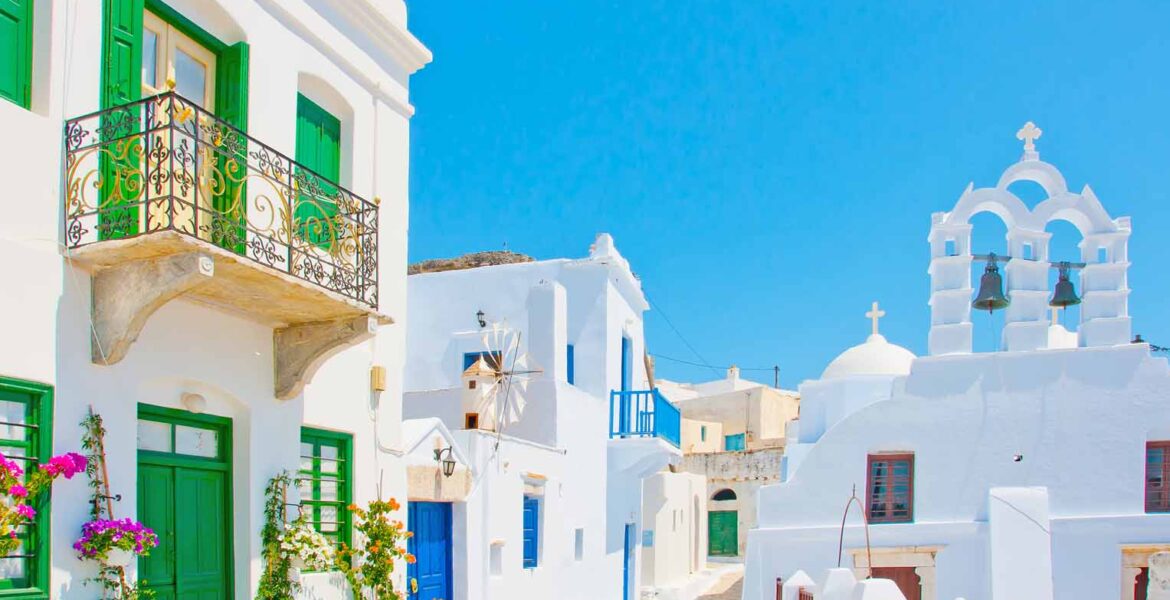Have you ever wondered why Greek Island houses are predominantly blue and white? While many people attribute it to the colors of the Greek flag or the beautiful sea and sky, the true reasons are quite practical.
One reason is to combat the scorching summers that the Cycladic islands experience. Since these islands are mostly rocky and lacked easily accessible wood, homes were traditionally built with stone. However, the dark stones would absorb the sunlight and make the interiors unbearably hot. To combat this, residents started painting their homes white, as white reflects sunlight and helps keep the houses cooler.
Another factor that influenced the blue and white color scheme was cholera. In 1938, during a cholera outbreak, the governor of Greece at the time ordered the whitewashing of homes to help sanitize them and prevent the spread of the disease. The whitewash used contained limestone, which acted as a disinfectant.

As for the blue color, it became popular due to its cost. Fishermen and seafaring men would paint their windows and shutters with leftover paint from their boats, and blue happened to be the cheapest color available. The blue used in Greek island homes was made from a mixture of limestone and a commonly available blue talcum powder called "loulaki."
While initially made mandatory by the regime in 1967 for patriotic and nationalistic reasons, the regulations have since been lifted. However, many islanders continue to paint their homes in blue and white, as it has become a characteristic part of Greek Islands tourism identification.
Although today there are variations in home colors, with some retaining the original earth-colored stones or opting for different colors like red, green, and brown, blue and white still dominate the Greek island design. This color scheme has become internationally recognized as a symbol of Greek island architecture.
So next time you see a photo of the stunning blue and white houses of Mykonos or Santorini, you'll have a deeper understanding of the practical and historical reasons behind their distinctive color scheme.

